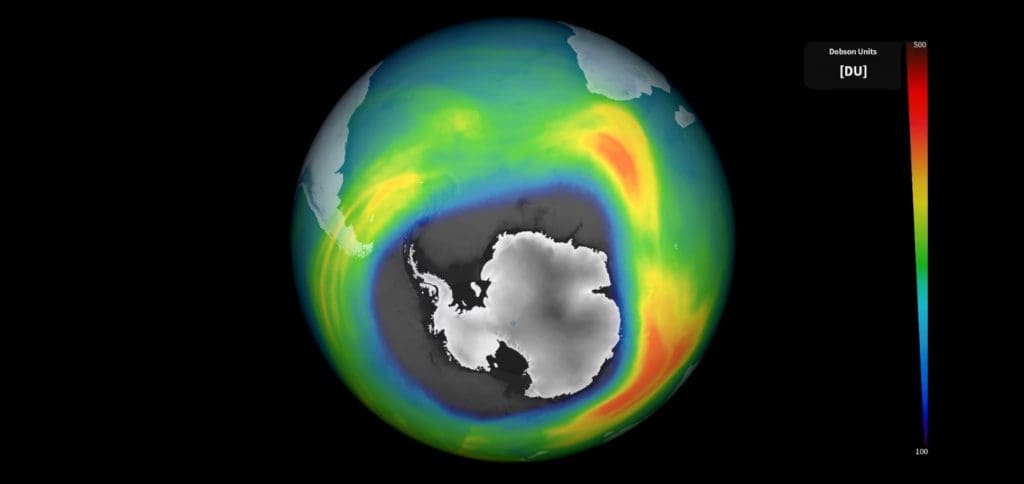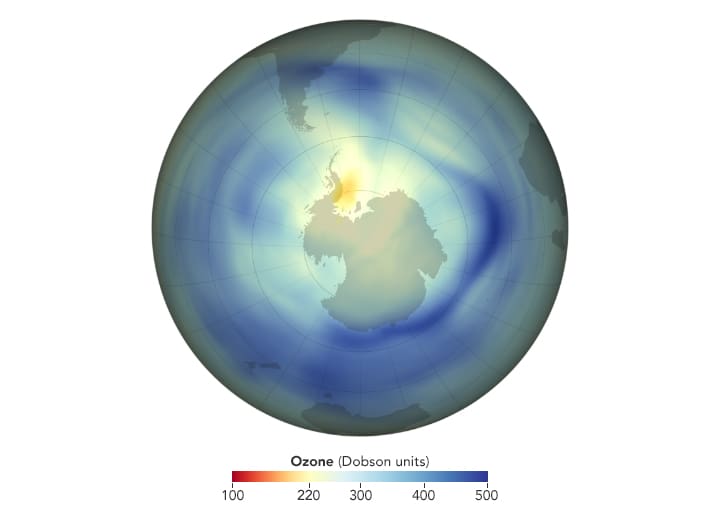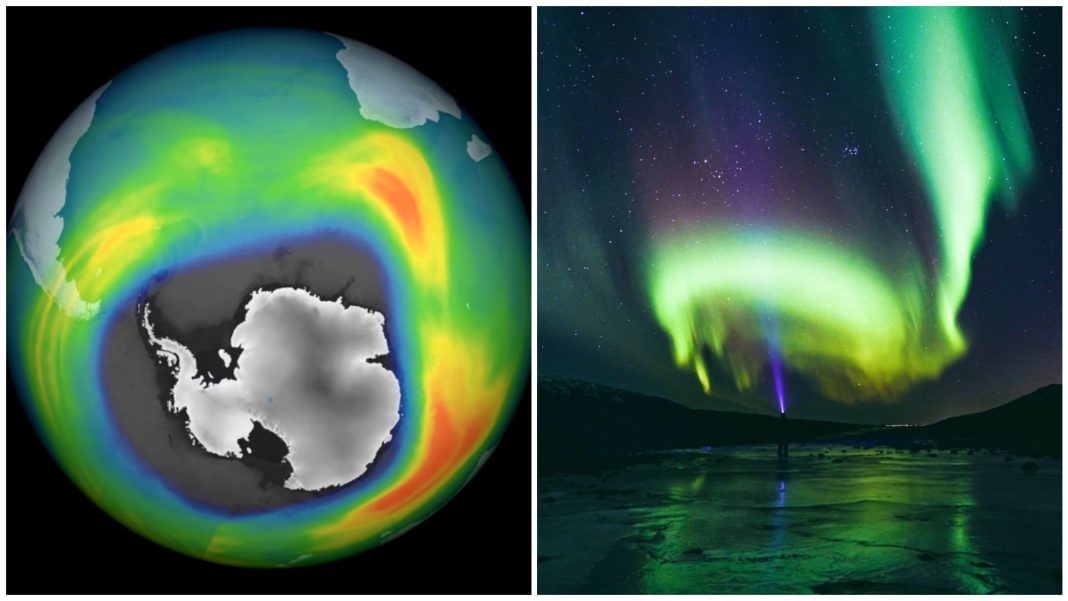According to scientists, the annual ozone hole that forms over Antarctica has expanded to a size close to a record, as of September 16, 2023. Satellite imaging data revealed that the ozone depletion area had grown to 26 million square kilometers, roughly three times the size of Brazil.

This ozone depletion phenomenon is a recurring event over Antarctica caused by the presence of substances in the stratosphere and the unique environmental conditions in the region. The size of the ozone hole fluctuates from August to October, usually reaching its maximum extent between mid-September and mid-October. This year, the ozone hole started early and rapidly expanded in mid-August, making it one of the largest on record.

In January 2022, the eruption of the Tongan underwater volcano led to the injection of a significant amount of water vapor into the atmosphere. This water vapor, which has reached the south polar region after the 2022 ozone hole, may have contributed to an increased formation of polar stratospheric clouds. These clouds could facilitate the reaction of chlorofluorocarbons, accelerating ozone depletion.
While ozone depletion is not a primary driver of global climate change, there is evidence suggesting that rising global temperatures, coupled with factors like wildfires injecting smoke into the stratosphere, could impact ozone holes and the Earth’s climate system. Ozone holes may influence the progression of seasons and have complex effects on the planet’s climate.

